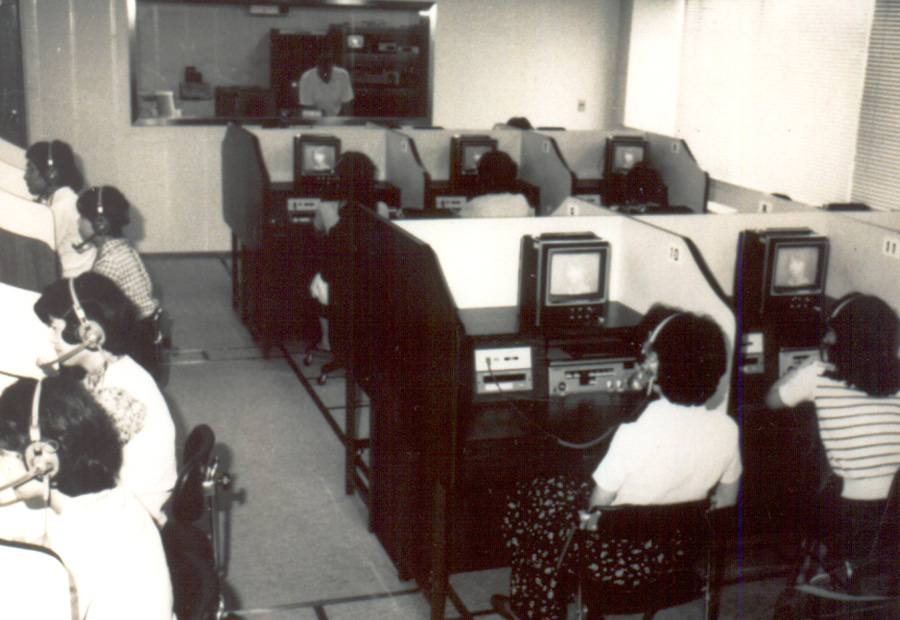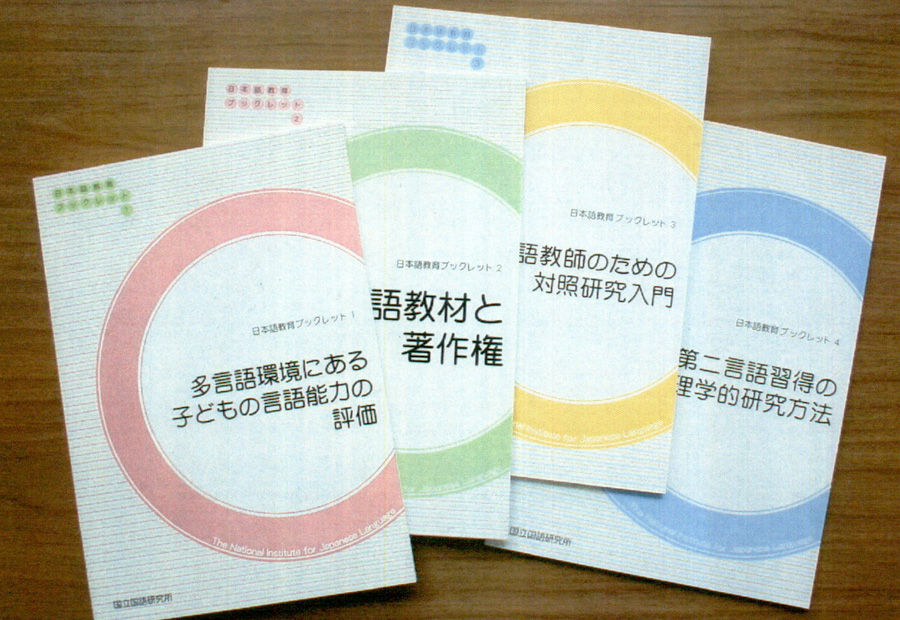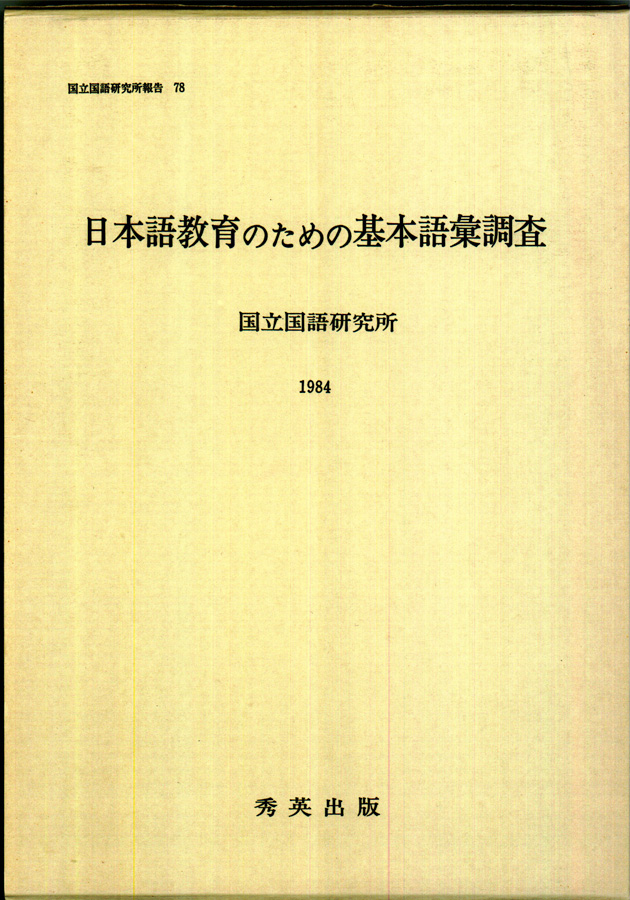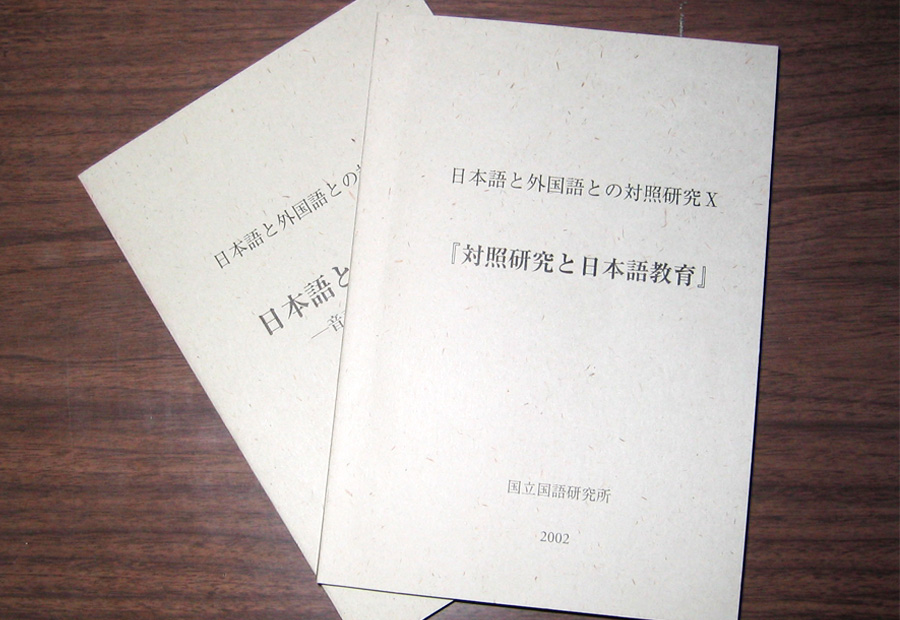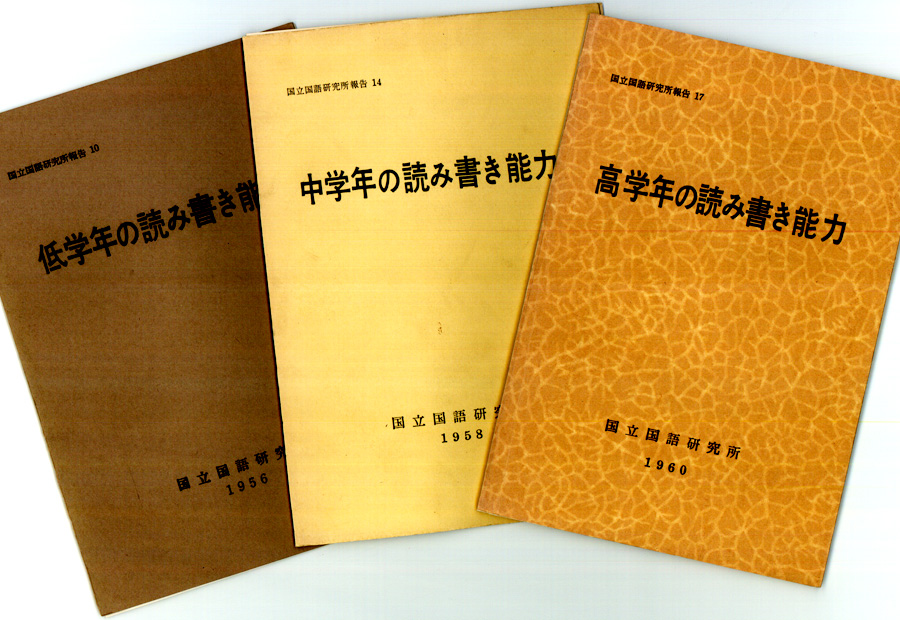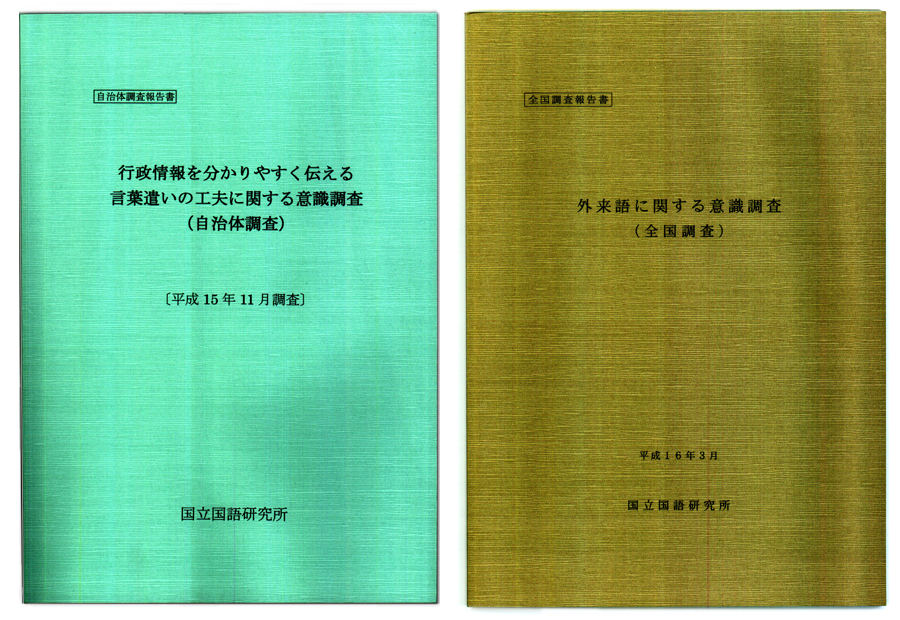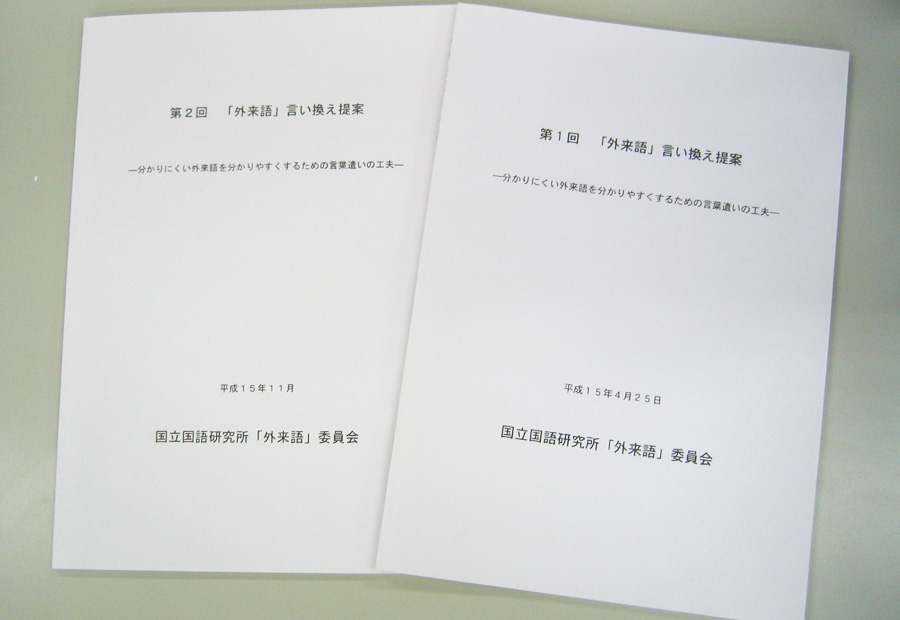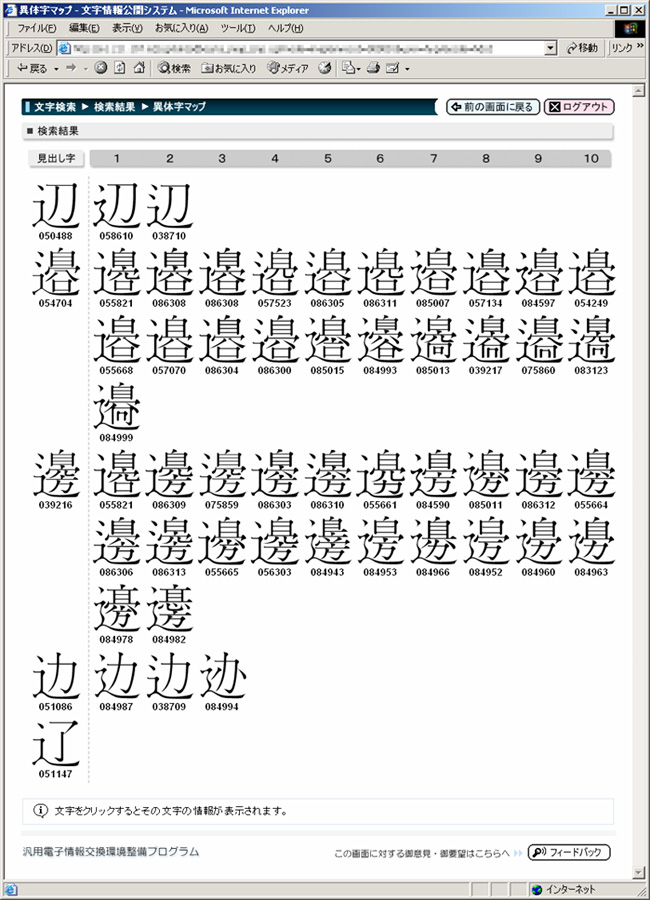4-3.Various research results
Promotion of Japanese language education
In 1974 (Showa 49), a department for Japanese language education was created at the Institute. At that time, there were almost no courses for training Japanese language teachers in universities, so the creation of the department was a pioneering contribution to Japanese language education and the training of Japanese language teachers.
The department has had a wide impact in the form of various programs for training Japanese language teachers, the distribution of training results, the development of video teaching materials, etc. In recent years, the materials for teaching/learning have been delivered on the Internet.
To develop leaders who can play an active role in Japanese language education all over the world, the Institute created postgraduate degree programs (at both the master’s and the doctoral level) for foreign students in cooperation with the National Graduate Institute for Policy Studies (GRIPS) and the Japan Foundation in 2001 (Heisei 13). These programs are currently suspended.
Simultaneously with this direct contribution to Japanese language education, the Institute has also carried out basic research such as devising a basic vocabulary for teaching Japanese and comparative studies of Japanese and other languages.
Contributions to national language policy and links to society
One of the goals in establishing the Institute was for it to "provide basic information for planning national language policy". It has contributed to government policy by providing data based on scientific research.
In the field of national language education, from the outset the Institute took up research topics connected directly to actual classroom education, such as improving the way that academic achievement standards are set and the way instruction is delivered. For example, it has cooperated with the nationwide research on academic achievement standards conducted by the National Institute for Educational Research since 1952 (Showa 27). It also cooperated when the Ministry of Education carried out this kind of research in the Kanto District in 1951.
In addition, the results of the Institute’s "research on the development of language ability", which began in 1953 (Showa 28), were used when the National Language Council discussed the relationship between national language policy and education.
The results of vocabulary research and Kanji research have also been put to use. The "90-magazine" project provided an objective analysis of "what types of vocabulary items and Kanji are used and how", and this material was used when the National Language Council reviewed the Toyo Kanjihyo (list of Kanji for general use) to develop the Joyo Kanjihyo (list of Kanji for common use).
The problem of adopted foreign words has also been taken up many times. In recent years, a survey on the actual usage of foreign words has been conducted using the Institute's own research as a starting point. One of the resulting publications is "Teichakudo ni yoru Gairaigo Bunrui no Kokoromi (Trial Classification of Adopted Foreign Words According to Familiarity)" (March 2002 (Heisei 14)). In addition, a committee on adopted words was formed in 2002 and has produced a series of "suggestions for replacing adopted foreign words", targeting foreign words that are difficult to understand. To insure that these suggestions are reliable, the research has been conducted under the theme "Japanese Language in the Present Day."
Recently, the Institute has also taken up the problems that arise when Kanji are used in electronic media and has promoted a "program for improving the environment for versatile electronic information exchange" in cooperation with the Japan Standards Association and the Information Processing Society of Japan. This is part of the nation’s electronic government measures. The Institute is in charge of the basic research and the collection and analysis of basic data.
